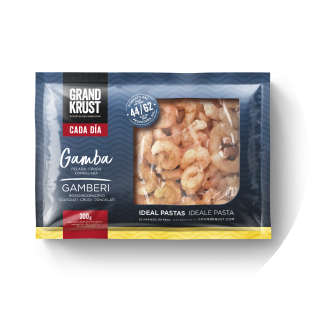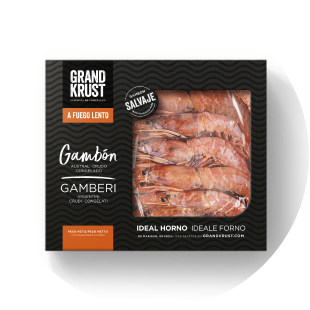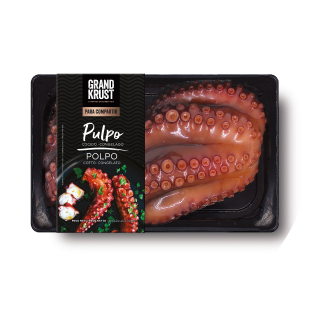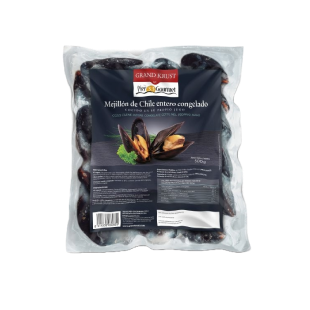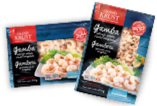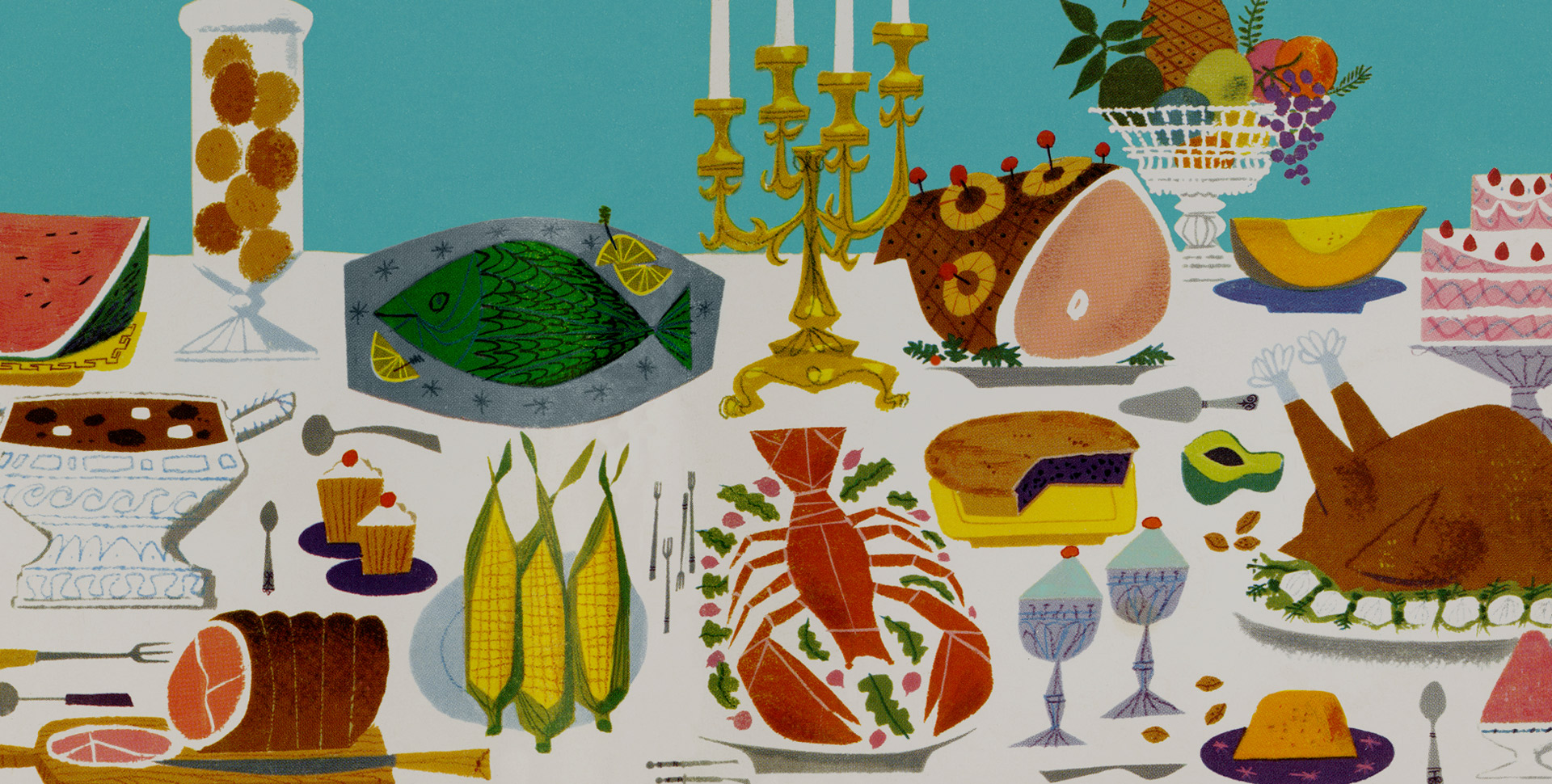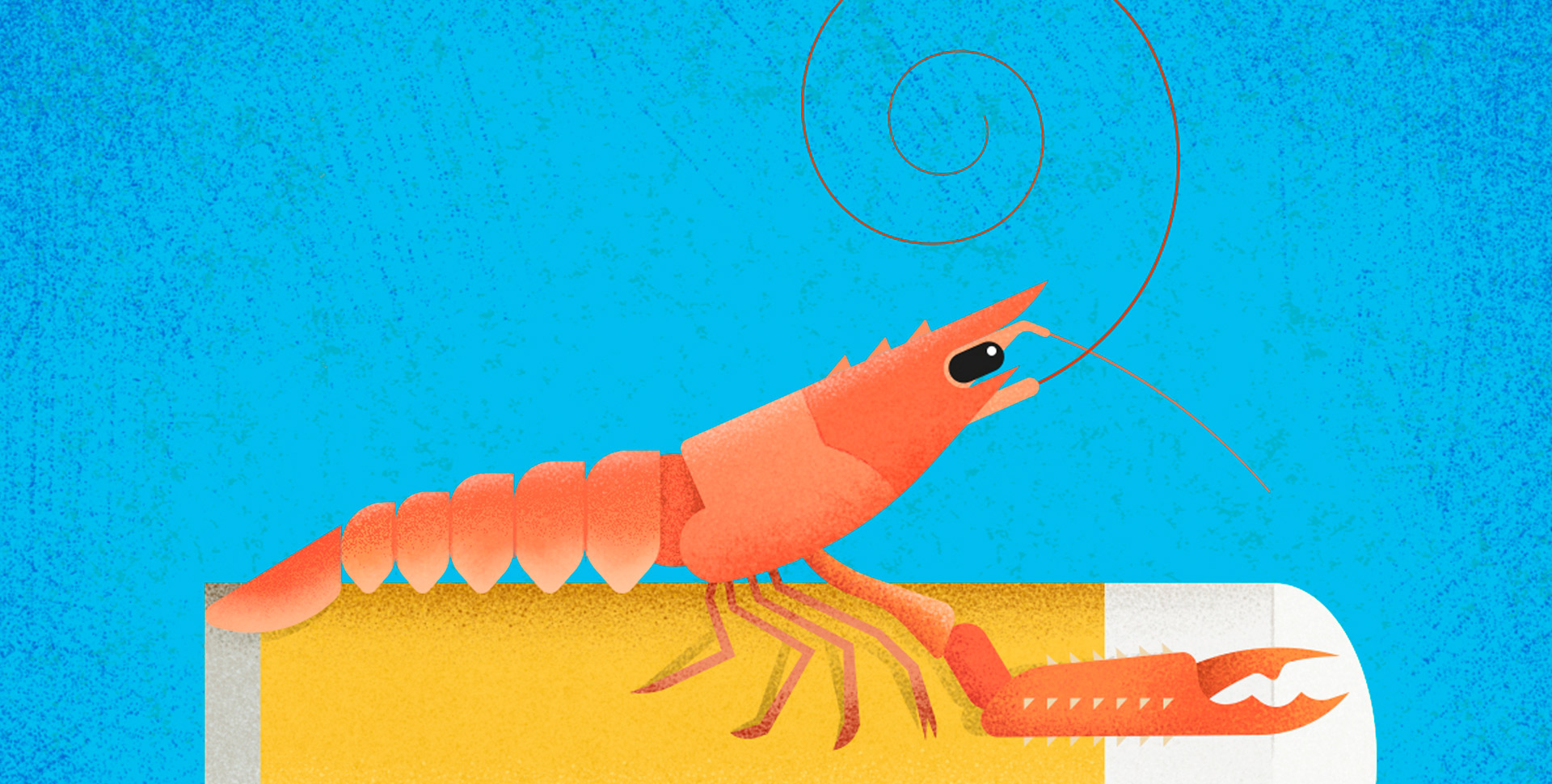Introduction to ceviche
Ceviche and its derivatives are a simple culinary method combining flavors and respecting product quality
Luis Arévalo, world-renowned Peruvian chef who introduced Europe to Nikkei cuisine, explained recently at the Santander Foodie gastronomy conference that ceviche, held as a national dish in Peru, harks back to the arrival of the Spanish to the South American continent. “The Spaniards brought with them morisca slaves –a Moorish woman, often referring to one converted to Christianity– who used lots of spices in their cooking, and that has endured in Latin American cuisine. Besides spices, it was the moriscas’ custom to use vinegar as a preservative for their dishes.” The latter practice also took root, with vinegar being replaced by citruses: lime, lemon, orange, blood orange, yuzu, grapefruit… This gave rise to a family of recipes, flavors, and traditions all framing one of the most delicious ways to enjoy fish and shellfish: ceviche, and all its related aguachiles (literally “chili waters”) and tiraditos –peruvian dish similar to sashimi–.
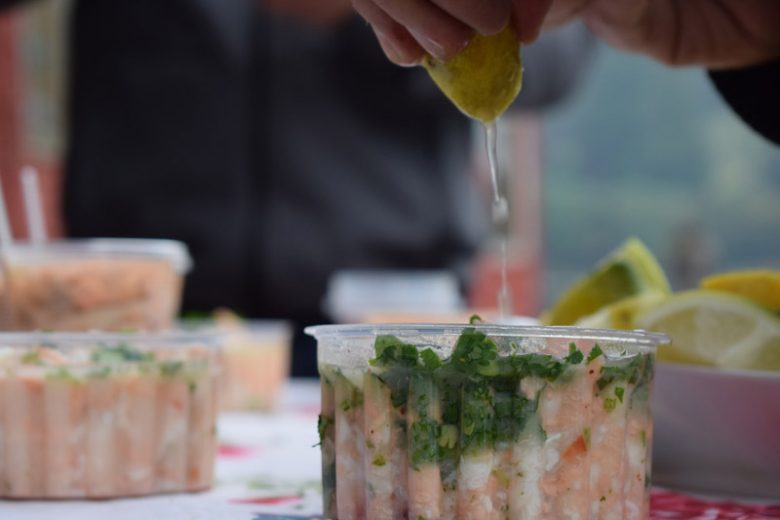
Things to bear in mind
You’ll have to cut the raw animal delicately. Although it depends on the species (fattiness, flavor, texture), the pieces or slices will have to be finer the shorter the amount of time they’re going spend curing in the citric acid.
The right complimentary vegetables, greens, and herbs have to be selected. As for the list of combinations, your imagination is the limit, but the recipe book turns up a recurring half-dozen worthy squires for fish and shellfish: garlic, red onions, chilies, cilantro, celery, ginger…
Spice generously, but at the same time prudently, so as to celebrate the fish’s natural flavor without burying it. Don’t oversalt.
The sour of the citruses has to blend with the spiciness, and even a touch of sweet here and there, to ensure a balanced flavor after macerating.
From this point, each recipe has its own particularity—and each a hardliner defending an invariable way to prepare it. But what are rules for but to be bent? So the ensuing recipe must be taken as a starting point.
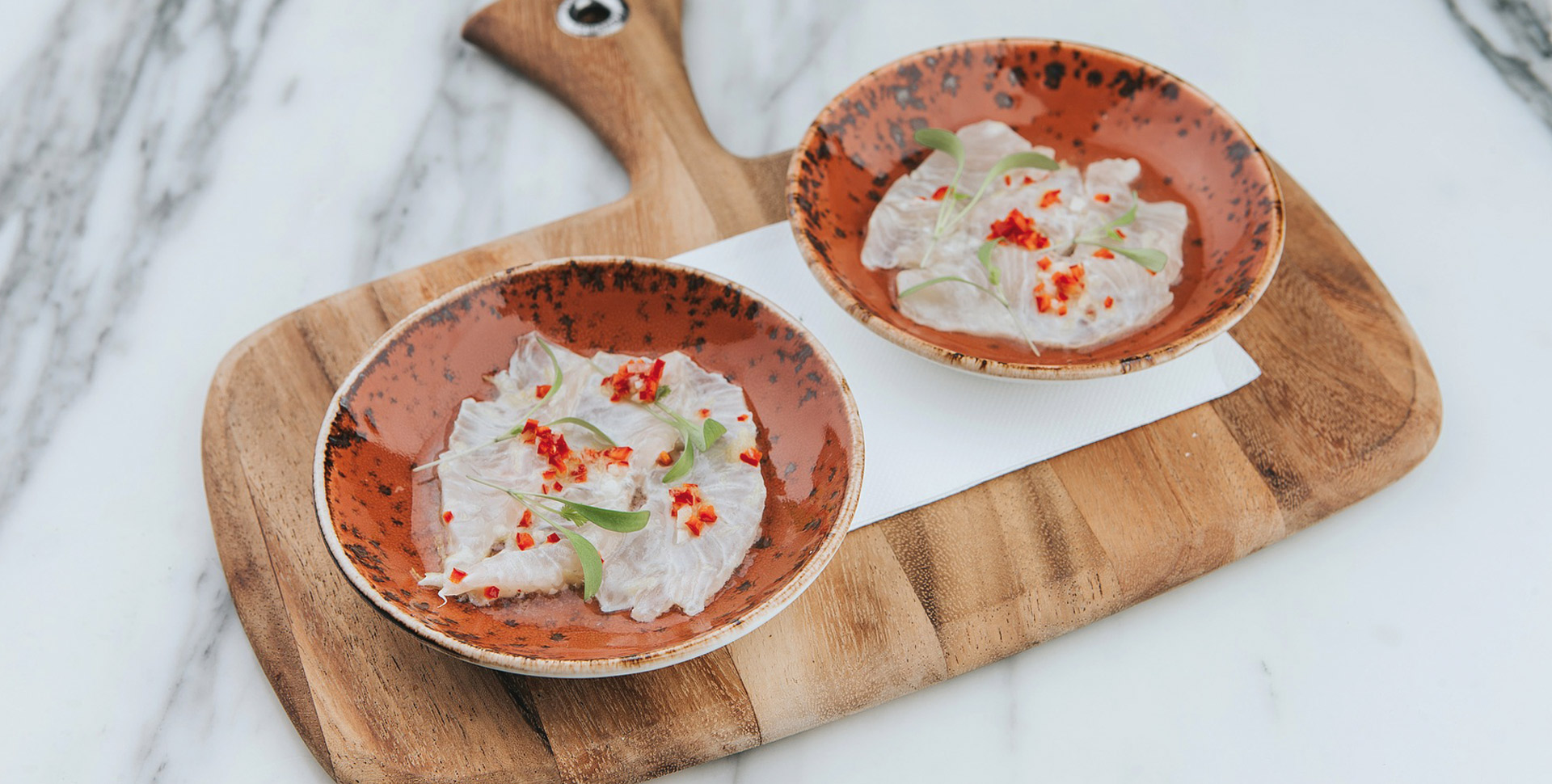
Ceviche
To prepare Andean ceviche, first we have to make a leche de tigre, Spanish for “tiger’s milk”, or the broth in which we’ll submerge our fish of choice, usually a white fish. Arévalo’s favorite is corvina, for its pleasant texture and a flavor, but it’s also just as common to use flounder or grouper. It’s usually diced.
The milk has red onion (but not too much or it embitters), garlic (which can be blended up beforehand in sunflower oil), ginger (which can also be blended up with water), celery, yellow ají peppers (rocoto or limo), salt, pepper, and lime. Other citrus fruits can be combined. Arévalo adds a bit of smoked fish to the mix, because he’s of a mind that it helps balance the sourness and spiciness. There are those who blend all the ingredients up together, and those who only let them sit in the refrigerator for the flavors to mingle. The longer it sits, the more intense the flavor. In any case, we’ll strain it afterwards.
“There are no maceration times,” Arévalo says, implying that it is each cook’s or diner’s taste that determines when the fish or shellfish is done. As it used to be a preservation technique, it would last hours, even from one day to the next. Currently, the fish undergoes less mistreatment and the leche de tigre steeps for a much shorter time. There are even those who add it at the very moment the dish is served. The fish cubes are usually accompanied, apart from the marinade, by salt, red onion julienne (which will be crisper if it’s been on ice), ají, and cilantro.
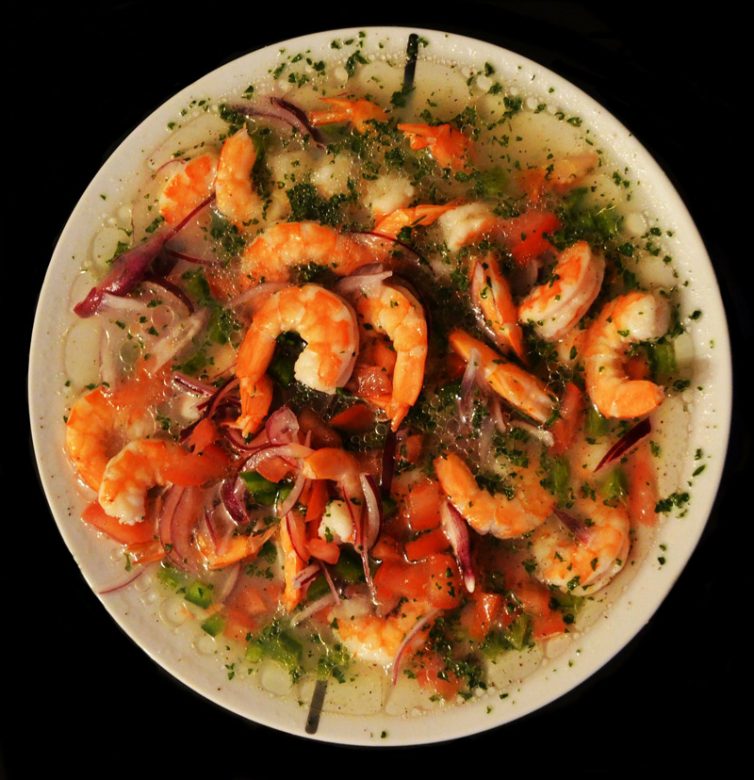
The best shellfish for ceviche
Any shellfish in the prawn family becomes a delicacy bathed in a leche de tigre, or dressed with an aguachile, always keeping it submerged long enough so that its change of color indicates it’s properly “done”. Try langoustine, shrimp, or giant prawns, judging when they’re just right by sight. Prawns are delectable filleted into thin slices, and langoustine tails give a smoothness to the lime’s acidity that’s truly surprising.
You can also cook these same shellfish beforehand, or buy them precooked: the mix of lime, chili, onion, and ginger, served in the moment like a vinaigrette, elevates them to another level in the blink of an eye. It’s a great go-to for anybody who likes to keep good frozen seafood on hand.
 If you’re interested in delving further into the culture behind ceviche, we recommend the book Ceviche Power by the world’s most famous Peruvian chef, Gastón Acurio, a seminal work.
If you’re interested in delving further into the culture behind ceviche, we recommend the book Ceviche Power by the world’s most famous Peruvian chef, Gastón Acurio, a seminal work.
- Reports
Beyond some prawns and a beer

